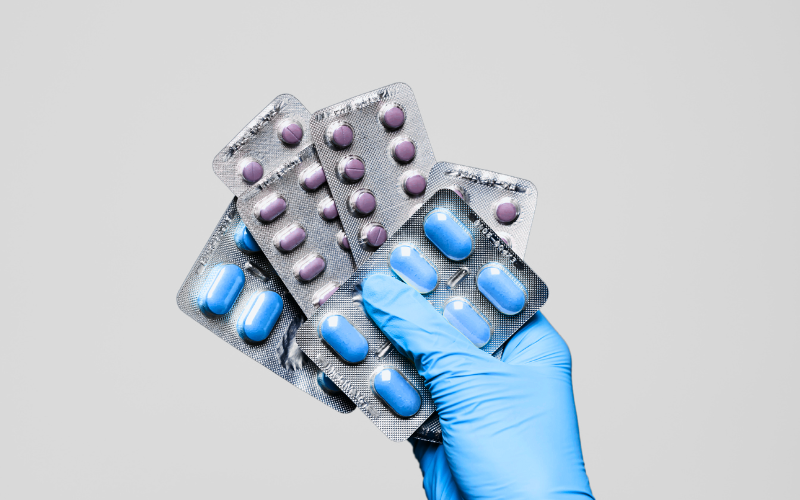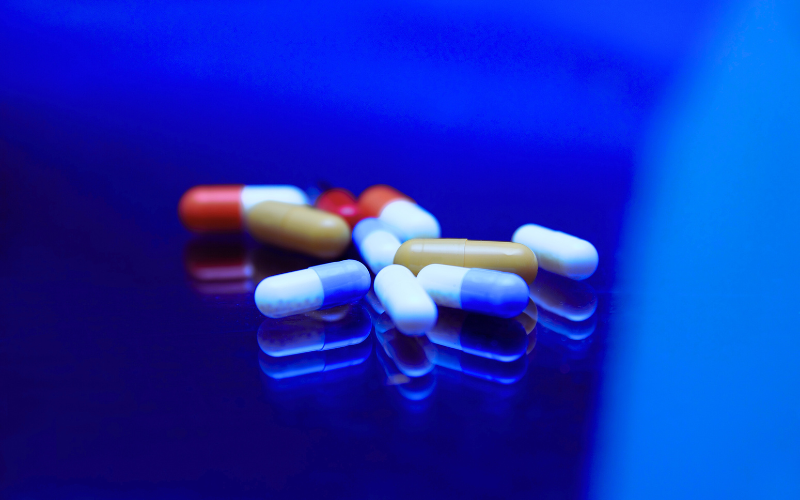Why Drug Testing Is a Smart Investment in Business Success and Employee Health
Ensuring a safe, compliant, and productive workplace is more important than ever, especially in safety-critical sectors. Workplace drug and alcohol testing has become a vital component of modern employee health and safety strategies, helping organizations manage risk, uphold workplace compliance, and support overall well-being.
The impact of substance misuse in the workplace is not only a health concern but also a significant economic one. According to Scottish Government Social Research, the total cost of absenteeism, lost productivity, and lost output linked to illicit drug use in Scotland was estimated at £818.9 million. Separately, the cost of presenteeism—reduced productivity while under the influence of alcohol—was estimated to be between £177.0 million and £193.1 million.
| Lost Output Linked to Drug and Alcohol Use | Total Loss |
|---|---|
| Illicit Drug Use (Absenteeism, lost productivity, etc.) | – £818.9 million |
| Alcohol Use (Presenteeism) | – £77.0+ million |
In response to these challenges, regular alcohol testing and pre-employment drug screenings are essential tools for employers. Routine testing helps identify and address issues early, reducing the risk of accidents, improving productivity, and reinforcing a culture of accountability. Meanwhile, pre-employment drug testing ensures that new hires align with your organization’s safety and compliance standards from day one.
Addressing Common Barriers to Workplace Drug and Alcohol Testing
Despite the clear benefits, many employers hesitate to implement drug and alcohol testing programs due to concerns about logistics, privacy, and employee perception. Traditional methods like urine testing often require gender-specific supervision and designated collection areas, which can be disruptive, time-consuming, and costly, especially in fast-paced industries like construction, logistics, and manufacturing.
Privacy concerns in open or shared workspaces can further complicate testing procedures. These challenges have historically slowed the adoption of comprehensive substance misuse screening strategies, even when the need for them is clear.
However, modern testing technologies – such as oral fluid drug testing and fingerprint-based drug screening – offer less invasive, more flexible alternatives. These methods support rapid drug testing, reduce downtime, and eliminate the need for specialized facilities. They’re ideal for dynamic work environments where efficiency and discretion matter. It’s also important to clarify the purpose of workplace testing. Employers aren’t trying to police personal behavior or punish past use.
They’re focused on two key concerns: whether an employee is a habitual drug or alcohol user, and more urgently, whether that employee is fit for work today.
Traditional tests like urine can detect substances days after use, but they don’t always indicate current impairment. That’s why many organizations now prioritize testing methods that detect recent drug use and alcohol impairment, helping them make real-time decisions that protect safety and productivity.
Building a Culture of Safety, Accountability, and ROI
Implementing a consistent drug and alcohol testing policy does more than promote safety – it’s a smart business decision. Regular testing helps reduce the risk of workplace accidents, lowers the likelihood of legal complications, and minimizes the financial impact of presenteeism, where employees under the influence of alcohol or drugs are physically present but mentally and physically impaired.
Alcohol misuse, in particular, often flies under the radar. It’s legal and socially accepted, yet it remains one of the most common causes of impaired performance and safety incidents. By including alcohol testing in your workplace strategy, you can address this risk head-on and ensure employees are truly fit for duty.
A well-executed testing program also improves operational efficiency and reduces costs tied to absenteeism, insurance claims, and employee turnover. It reinforces a culture of accountability and trust, where employees understand that safety, performance, and well-being are shared priorities.
Ultimately, workplace drug and alcohol testing delivers measurable returns:
- Supporting Compliance
- Enhancing Productivity
- Protecting Your Company’s Reputation
- Protecting Your Bottom Line
Getting Started with a Workplace Drug and Alcohol Testing Program
Launching or improving your testing program doesn’t have to be complicated. Here’s how to get started:
- Review your current drug and alcohol policy to ensure it reflects your goals and legal obligations.
- Identify high-risk roles or departments where testing can have the greatest impact.
- Choose the right testing methods, such as oral fluid testing, fingerprint drug screening, or alcohol breath testers, based on your operational needs.
- Educate employees about the purpose of testing—emphasizing safety, fitness for duty, and shared accountability.
- Partner with a trusted provider of comprehensive drug testing solutions to ensure accuracy, compliance, and support.
Want a deeper dive into how to build a compliant, effective testing program?
Read our full guide to workplace drug and alcohol testing here.
Final Thoughts
In today’s fast-paced and high-risk work environments, drug and alcohol testing is more than a compliance checkbox—it’s a strategic investment in your people and your business. By embracing modern, flexible testing solutions and fostering a culture of accountability, you can create a safer, healthier, and more productive workplace for everyone.










